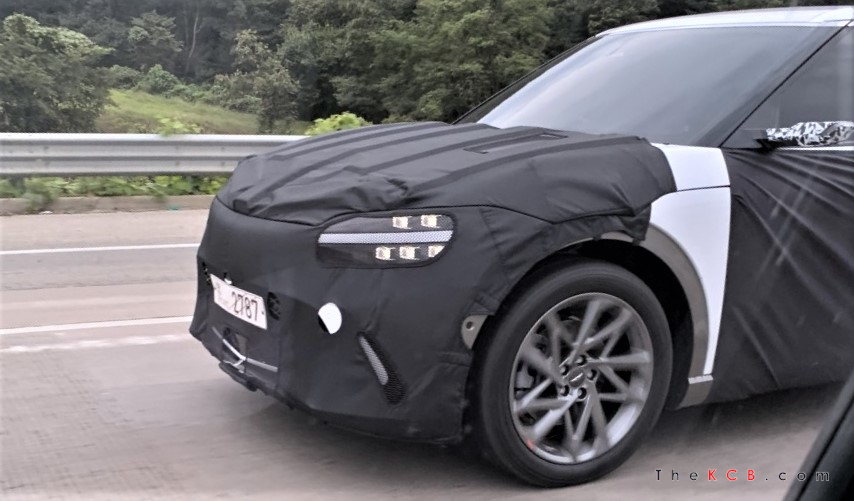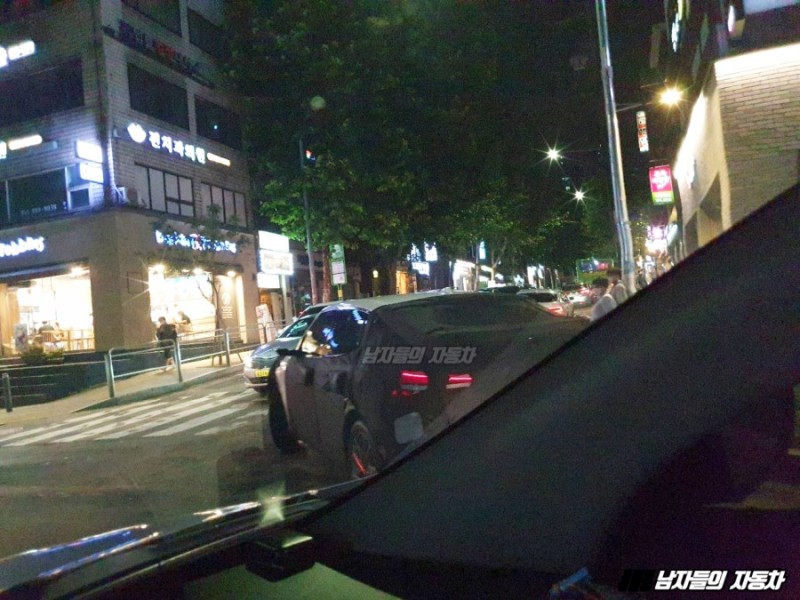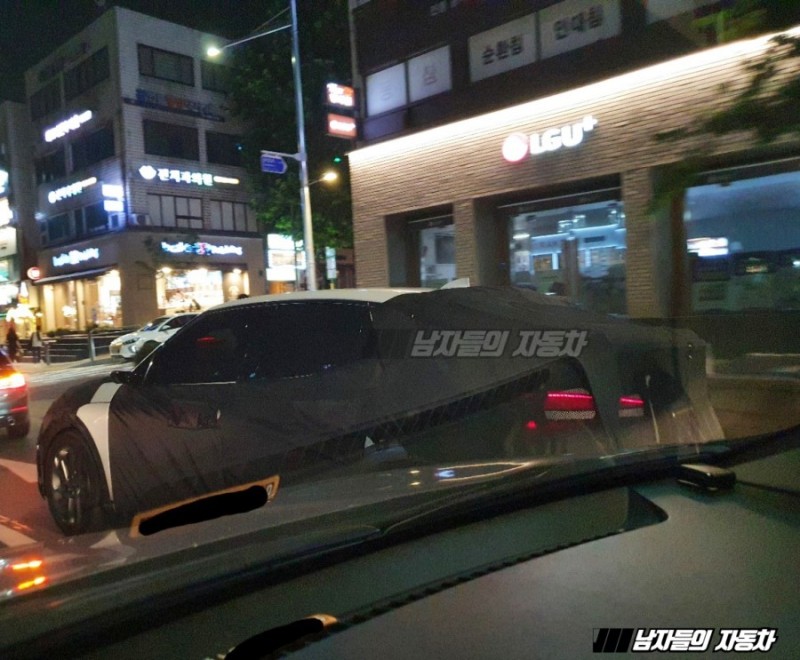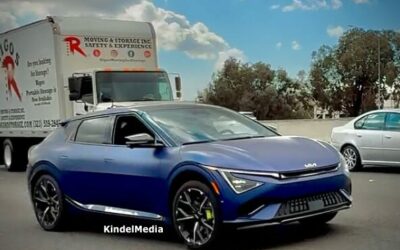After we caught the Genesis JW EV bespoke electric prototype with camera-based side mirrors (we also recently captured Ioniq 5 with a similar system) today it is time to look at the two-line taillights and its LED signature and brake lights, captured by our colleagues at Motorsjason.
What we know so far?
The vehicle pictured above is JW E-GMP first production guise prototype. The prototype shows at least the Genesis “two-lines” signature back and forth, despite the front grille is completely covered and we’re still not able to confirm if will have the same Crest Grille, or will premiere a reinterpretation. The prototype specs sheet shows this EV is 4WD.
Despite what was expected, Genesis bespoke EV is smaller than we thought and should compete against premium electric SUVs such as Tesla ‘Model Y’, Mercedes-Benz ‘EQB’, and Audi ‘Q4 E-Tron’ through the unique design of the electric car differentiated from the existing Genesis GV series. Through JW EV, Genesis aims to show off its advanced technology and high profitability.

It is because of the potential of this market that Genesis choose its own model JW EV as the core new vehicle to expand the premium electric vehicle market. At present, the premium electric SUV market is led by Tesla with Model X & Y, but there are not many competitors. Only Mercedes, Audi, and Jaguar are chasing Tesla with their own electric SUV models. BMW and Porsche are still developing SUVs electric vehicles.
Next year, they plan to significantly strengthen the line-up of electric vehicles by introducing a series of derivative electric vehicles, such as the large sedan-based G80 EV and the semi-medium SUV-based GV70 EV (we already spied both), along with the bespoke JW electric vehicle.

JW EV uses ‘E-GMP’, a platform dedicated to electrification developed by Hyundai Motor Group that will increase cost competitiveness by sharing this platforms in cars like Hyundai Motor’s ‘NE EV’ (this is the 45 pony-inspired EV) and Kia’s ‘CV EV’ (which will be based on “Imagine by Kia” concept car) that will appear next year.
E-GMP is designed to flatten the lower part of the vehicle body and optimize it for high-voltage batteries and motors for long-distance driving. Dynamometer parts such as batteries can also be easily replaced. Depending on the vehicle class, the battery capacity is variable, and the target is 500km or more.

The specs sheets shows JW codename and 4WD.
It also supports ultra-fast charging. If you charge the JW EV with a high-power charger at the ultra-fast charging station you are currently building, you can charge up to 80% in 20 minutes. Hyundai Motor Group plans to install a 350-kW electric vehicle ultra-fast charger in major cities such as Seoul and 12 highway rest areas within this year.
The annual production target for JW EV, which will start mass production in June next year, has been set at 22,000 units.







